StAR Project
Powered by ReShark
THE PROBLEM
Over the last three decades, wild zebra shark (Stegostoma tigrinum) populations have plummeted as a result of targeted hunting to fuel the shark fin trade, as well as habitat degradation caused by destructive human activities.
Within certain regions of their historic range, especially in Indonesia, local populations are considered functionally extinct. This means that their remaining populations are fragmented to an extent that makes natural reproduction and population recovery non-viable. Without human intervention, the existence of wild zebra sharks hangs by a thread.
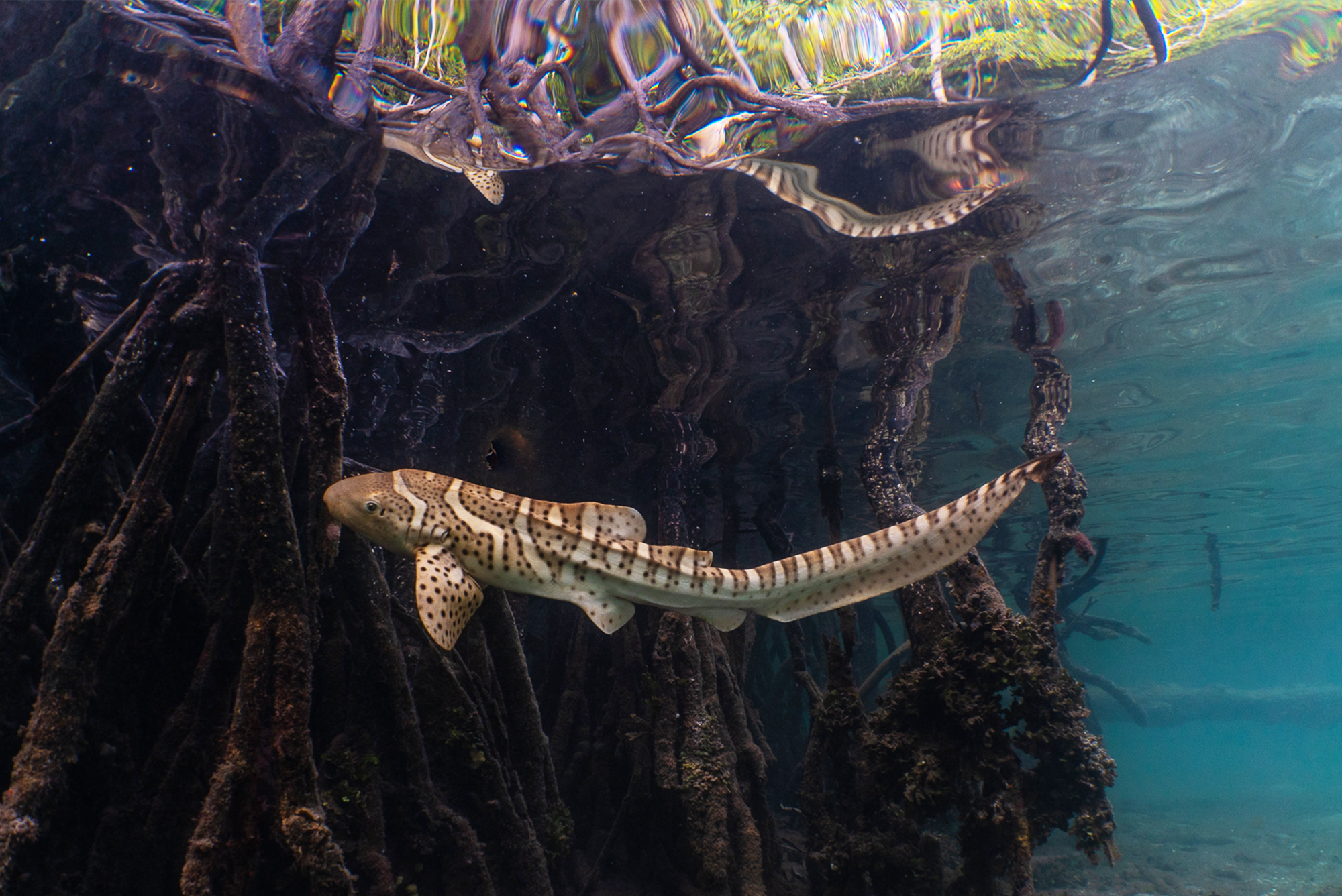
THE OPPORTUNITY
Raja Ampat is the world’s epicentre for biodiversity. The region currently hosts a network of nine Marine Protected Areas (MPAs). Strict regulations, regular marine patrolling, and strong law enforcement within the area have allowed marine wildlife including sharks and rays to thrive.
Public aquariums around the world have also been successful in breeding zebra sharks within their facilities. The combination of these two factors is seen as a fantastic opportunity to recover declining populations of wild zebra sharks.
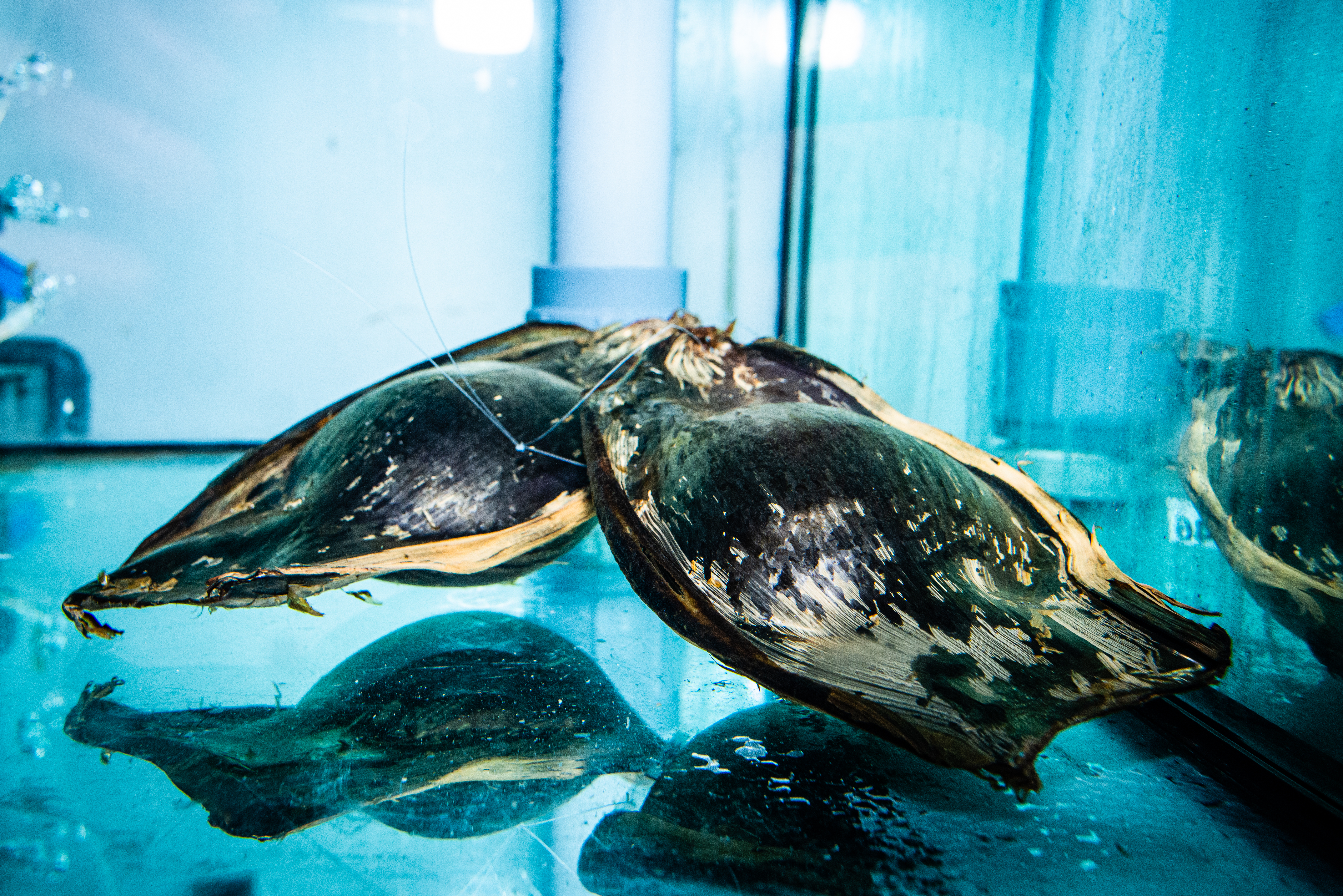
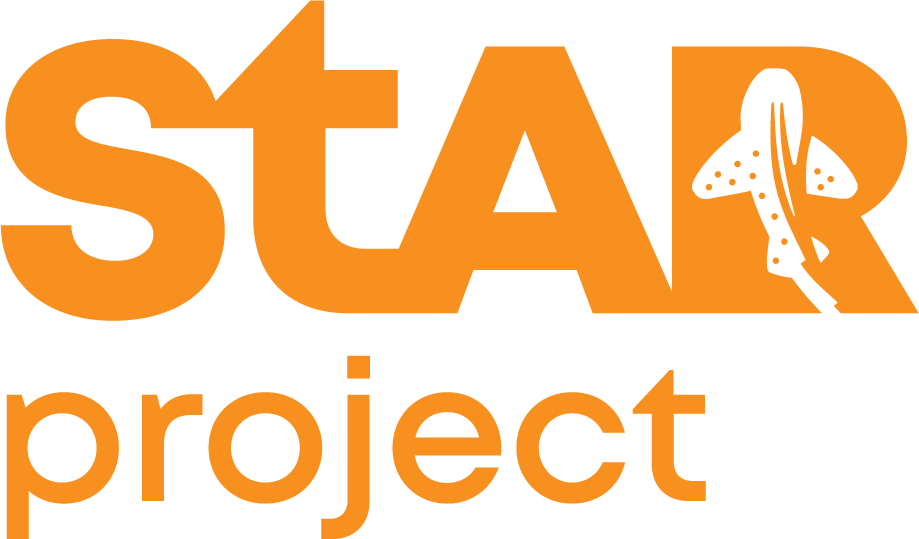
THE ACTION
Introducing The StAR Project
The Stegostoma tigrinum Augmentation and Recovery (StAR) Project is a multinational endeavour aimed at re-establishing healthy and resilient zebra shark populations within their known historic ranges. This project is the world’s first elasmobranch repopulation project through means of conservation translocation, and the first project to be implemented under ReShark, a global coalition working to recover threatened shark and ray populations around the world.
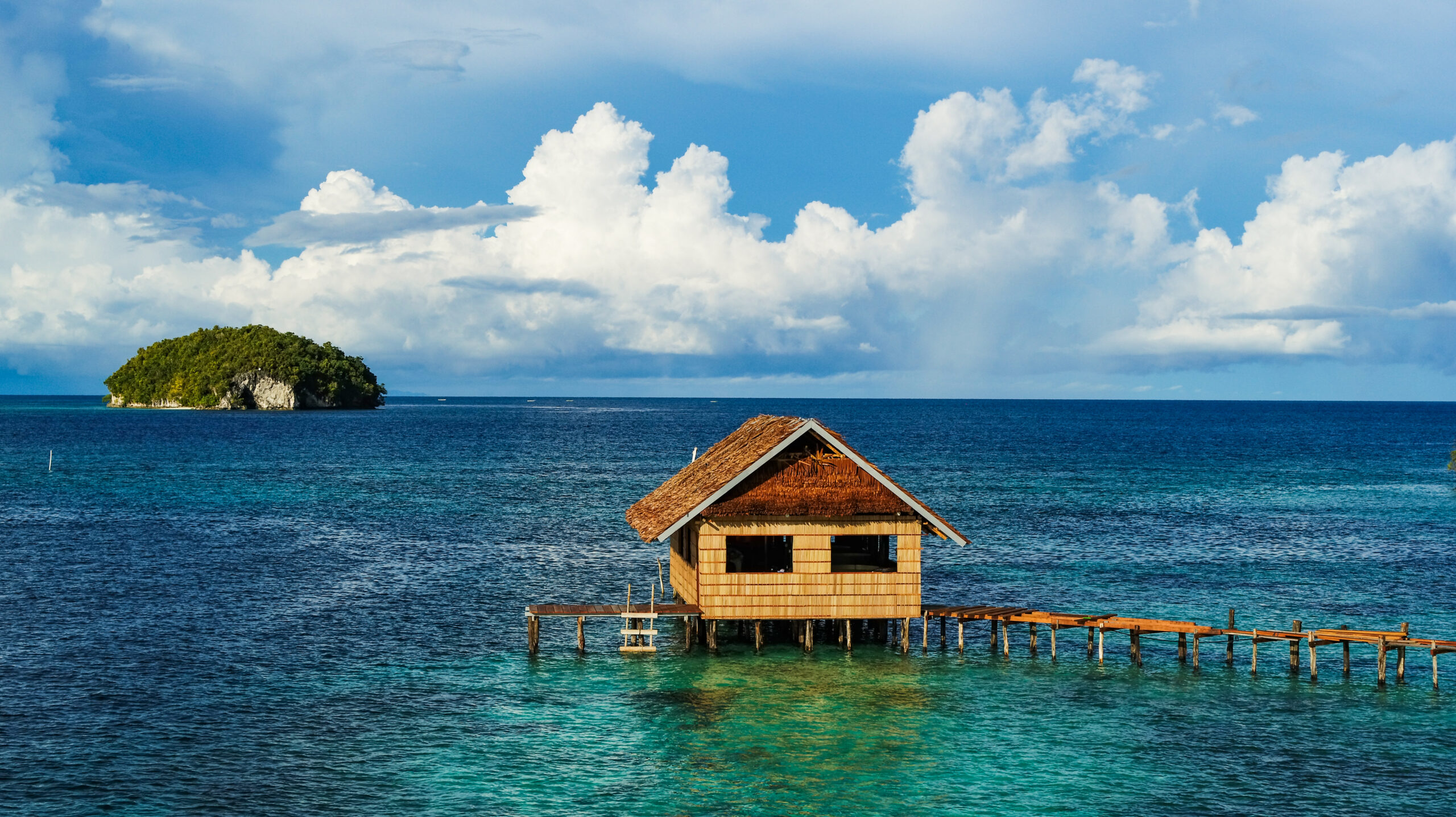
The Method
- Genetically-appropriate zebra shark eggs are laid in partnering public aquariums
- The eggs are shipped to specialised nurseries where they hatch
- The shark hatchlings are reared until they reach a length of 70-80 cm
- The juvenile sharks are tagged (using RFID and acoustic tags) and transferred to a sea pen
- Sharks displaying normal behaviour and good health are released around designated areas within Raja Ampat
- Post-release monitoring is conducted regularly, with active monitoring done every 2-3 months, and movement pattern data retrieved and analysed every 6 months
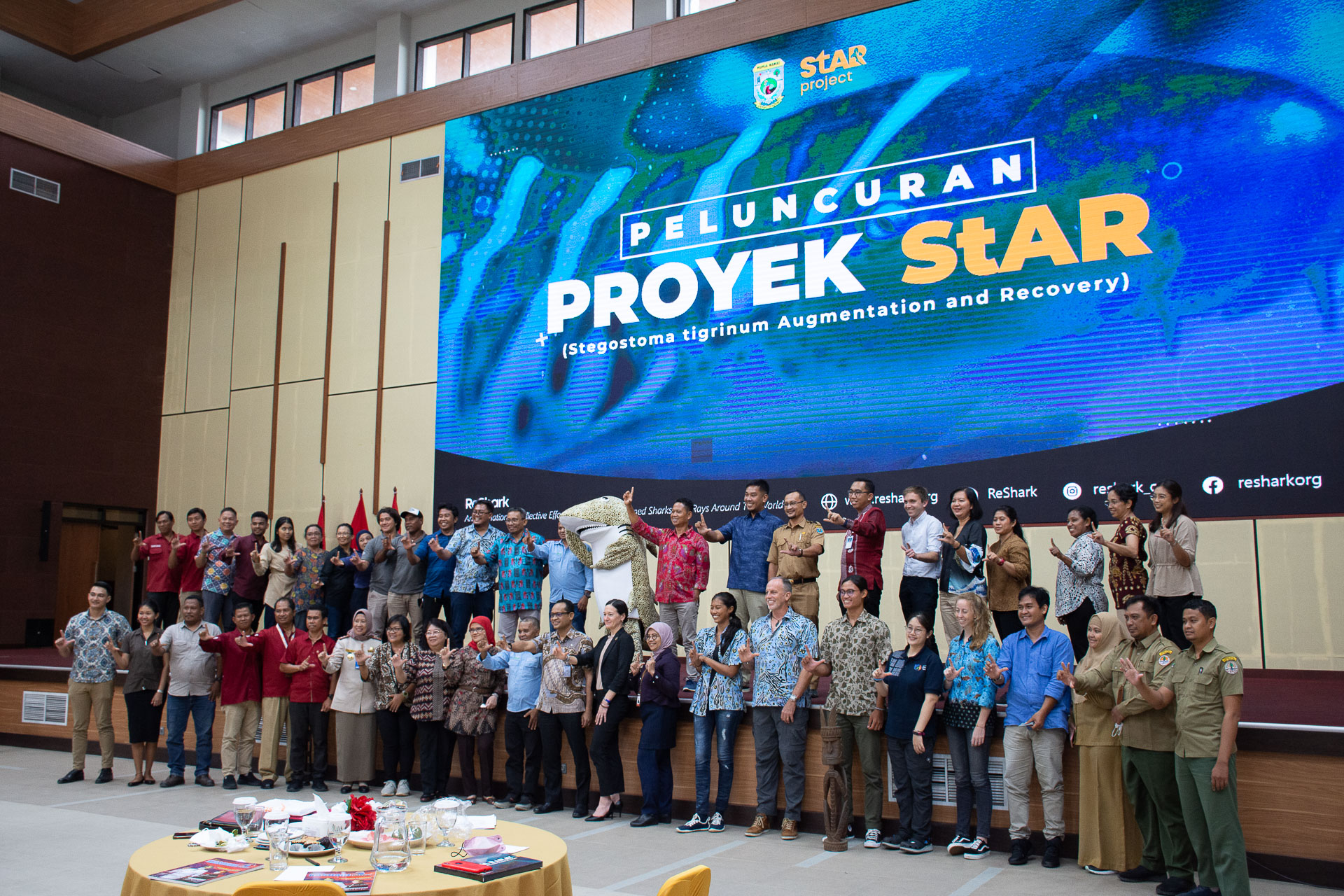
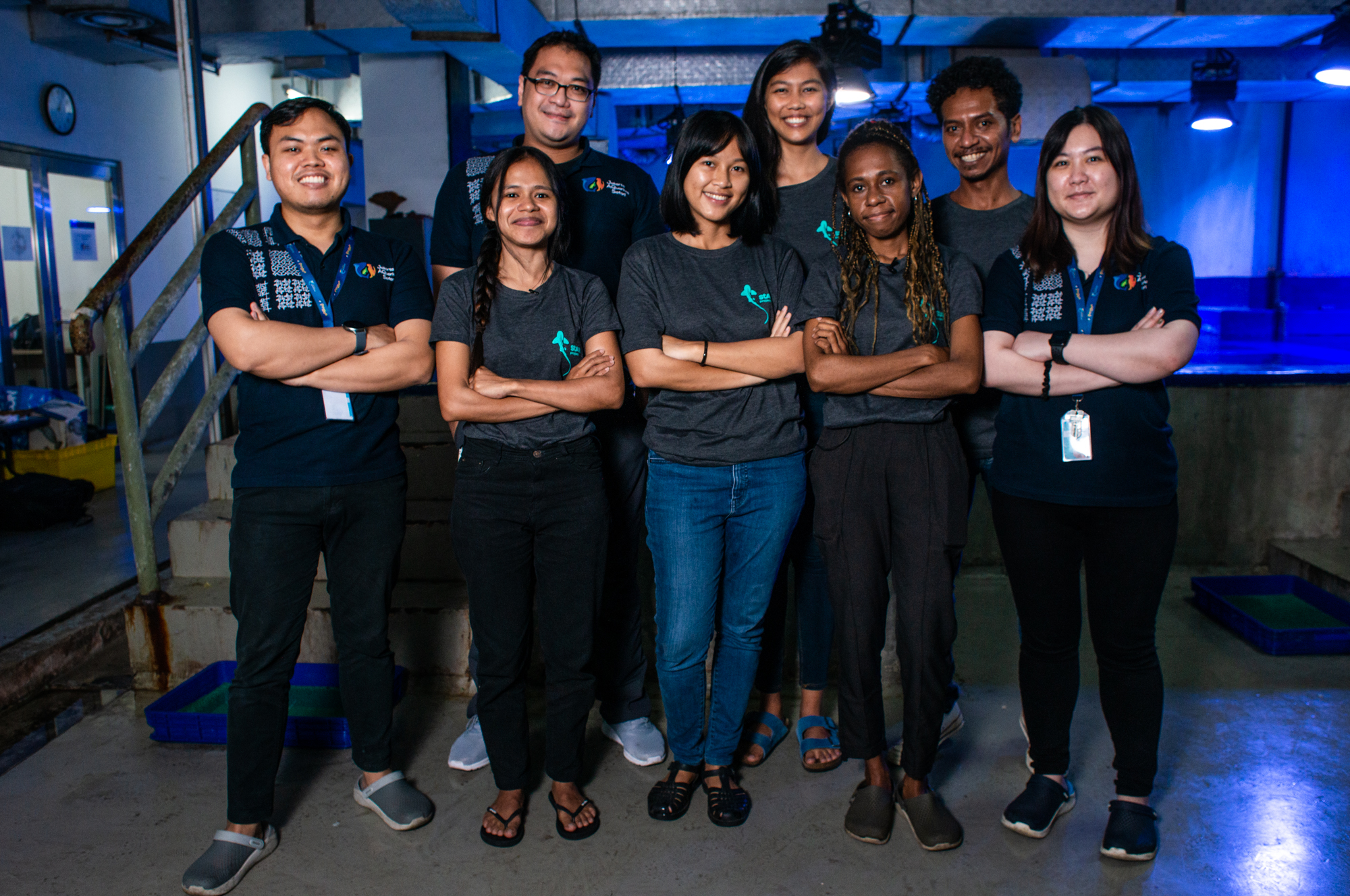
The Journey
The idea for such a shark rewilding project was first proposed in December 2019 and finally rolled into action by 2020, right at the beginning of the pandemic. After years of preparation, collaboration and tireless effort, the first batch of zebra shark eggs arrived in Raja Ampat from Australia in August 2022.
Three eggs later hatched in September and the pups were raised in their nursery for 5 months. Finally, at the start of 2023, the three pups were successfully released into the waters of the Wayag Lagoon.
This is only the beginning. These initial pups are the driving force for ReShark to recover healthy and resilient populations of zebra sharks in the waters they once roamed and rightfully belong.
Follow the journey of ReShark and the StAR Project through a series of short films on YouTube and check out the recent feature on National Geographic.
